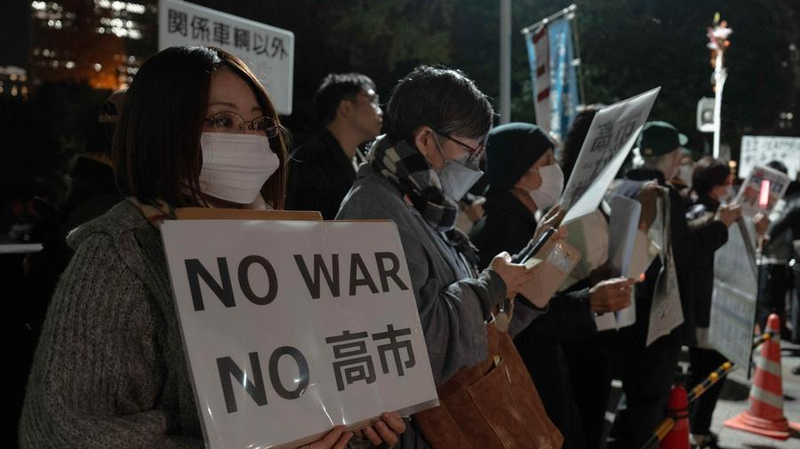Recent visits by American officials, including Secretary of the Treasury Janet Yellen and Secretary of State Anthony Blinken, to China have reignited discussions around the country's capacity in the new energy vehicle (NEV) sector. Contrary to some concerns, data suggests that China's NEV industry is efficiently meeting both domestic and international demands.
Statistics Speak for Themselves
According to the China Association of Automobile Manufacturers, in the first quarter of 2024, China produced approximately 2.12 million NEVs and sold around 2.09 million units. Notably, only 14.7 percent of sales were exported, highlighting a strong alignment between production and market demand.
In comparison, Germany exports nearly 80 percent of its automobile output, while Japan and the U.S. export about 50 percent and 20 percent respectively. Chinese NEV exports to the U.S. were around $368 million in 2023, significantly lower than the EU's $7.4 billion exports.
Furthermore, German consultancy JSC Automotive reports that major Chinese NEV exporters like BYD and SAIC Motor maintain capacity utilization rates above 80 percent. This indicates that China's NEV sector is operating efficiently without excess capacity.
\"This overcapacity idea is that you shouldn't produce more than you can sell domestically. If that was carried to an extreme, that would mean no trade globally.\"
– Nicholas Lardy, Peterson Institute for International Economics
Globalization naturally drives manufacturers to explore both domestic and international markets. China's ability to compete fairly on the global stage underscores the strength and demand for its NEV products.
Broken Logic Behind Overcapacity Claims
Some Western commentators argue that China gains global market share for green products through unfair practices. However, China's early investment in research and development has positioned it as a leader in NEV technology. Supported by a robust ecosystem, vast market, and skilled workforce, Chinese NEV companies are competitive on a global scale.
Meanwhile, the U.S. and several European countries are introducing substantial subsidies for their clean energy industries. The American Inflation Reduction Act, for example, provides approximately $369 billion in tax incentives and subsidies for clean energy sectors, including electric vehicles.
Chinese Ambassador to the U.S. Xie Feng emphasizes that the global need for green capacity surpasses the notion of overcapacity. A Bloomberg report reinforces this perspective, stating that Chinese companies are more efficient rather than burdened with excess capacity.
The Global Need for Green Capacity
China's manufacturing strength in NEVs offers significant opportunities for developing countries and emerging markets. Projects like the Al Dhafra PV2 Solar Power Plant in Abu Dhabi enhance energy security, while BYD's factories in Brazil and Uzbekistan, along with battery plants in Thailand and Malaysia, stimulate local economies and build green industry ecosystems.
Reference(s):
cgtn.com




